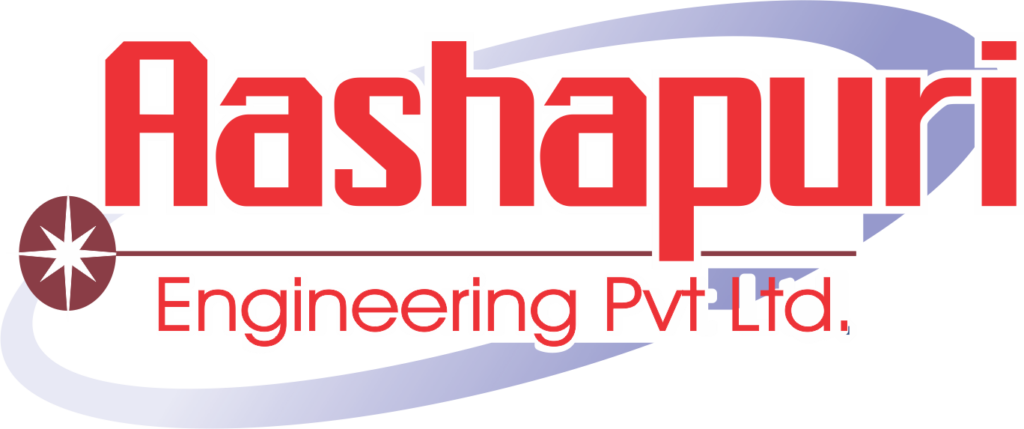Essential Components: Inside the Centrifugal Pump
Centrifugal pumps stand as the backbone of countless industrial processes, ensuring fluid transfer with efficiency and reliability. Behind their seemingly simple exterior lies a complex arrangement of components working harmoniously to achieve optimal performance. In this article, we delve into the inner workings of centrifugal pumps, shedding light on their essential components and the pivotal role they play in fluid dynamics.

Impeller: The Heart of the Pump
At the core of every centrifugal pump lies the impeller, a vital component responsible for imparting kinetic energy to the fluid. Crafted from durable materials such as stainless steel or bronze, the impeller features curved vanes that accelerate the fluid radially outward as it rotates. This kinetic energy conversion is fundamental to the pump’s ability to generate flow and overcome head resistance.
Casing: Providing Structural Support
Surrounding the impeller is the casing, which serves as the structural enclosure of the pump. Constructed from robust materials like cast iron or stainless steel, the casing houses the impeller and guides the flow of fluid through the pump. Its geometric design is optimized to minimize turbulence and maximize efficiency, ensuring smooth fluid transfer.
Shaft and Bearings: Transmitting Power
Transmitting rotational motion from the motor to the impeller is the responsibility of the shaft, a crucial component of centrifugal pumps. Made from high-strength alloys or stainless steel, the shaft is supported by bearings that facilitate smooth rotation while withstanding axial and radial loads. Proper lubrication and alignment are essential to prolonging the lifespan of these components.
Seals: Preventing Leakage
Maintaining a tight seal is imperative in preventing fluid leakage and maintaining pump efficiency. Centrifugal pumps utilize various sealing mechanisms, including mechanical seals and packing glands, to contain the fluid within the pump housing. These seals undergo rigorous testing to ensure they can withstand the demands of high-pressure applications while minimizing frictional losses.
Suction and Discharge Connections: Inlet and Outlet Paths
Facilitating the ingress and egress of fluid are the suction and discharge connections located on the pump housing. These ports provide access points for connecting pipes or hoses, enabling seamless integration into fluid transfer systems. Proper sizing and positioning of these connections are critical to optimizing pump performance and minimizing energy losses.
Auxiliary Components: Enhancing Functionality
In addition to the primary components, centrifugal pumps may incorporate auxiliary features to enhance functionality and safety. These include priming systems for self-priming pumps, pressure gauges for monitoring performance, and vibration sensors for early detection of mechanical issues. Such auxiliary components contribute to the overall reliability and efficiency of the pump system.
Conclusion:
In conclusion, centrifugal pumps comprise a multitude of essential components that collectively enable fluid transfer in various industrial applications. From the impeller to the casing, each part plays a crucial role in achieving optimal performance and reliability. As a leading centrifugal pump parts manufacturer in India, Aashapuri Engineering specializes in crafting high-quality components tailored to meet the demands of diverse industries. With a commitment to innovation and excellence, Aashapuri Engineering continues to set the standard for centrifugal pump technology, driving efficiency and productivity across the nation’s industrial landscape.
